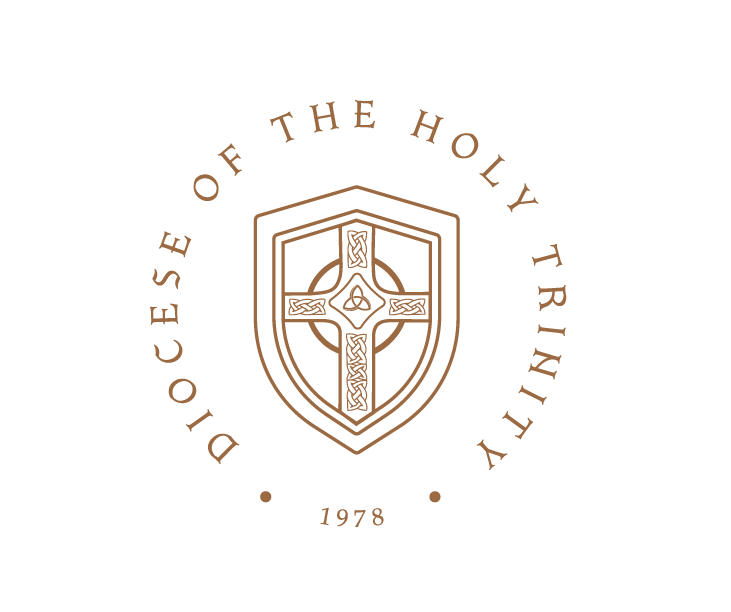The Importance of Narrative to the Life of Prayer
Many Christians live in the wrong story. The wrong story is the narrative that is bounded by time. It begins at birth and ends at death. Prayer in this story is aimed mostly at improving the quality of life between birth and death. Though “heaven” is sometimes invoked in this story, it carries with it a sense of a consolation prize. It is not the thing a person was deeply longing for; rather, it is something that will be talked about now that the person has lost the temporal life that was the real focus.The narrative of faith begins with the new birth (conversion and baptism) and ends with “the Resurrection of the dead, and the life of the world to come” (The Nicene Creed). The New Testament is constantly pointing to these two events (cf. Rom. 6:3-4, 1 Cor. 6:11, Eph. 2:1-10, 1 Cor. 15:51-52, Phil. 3:20-21, 1 John 3:2-3). If we are living in the story that aims at the appearance of Christ and the hope of being transformed fully and finally into his image, prayer will take on a different focus. We will learn to see temporal things in terms of how they impact eternity. We will begin to see temporal pain and disappointment as spiritually formative events that develop virtues like perseverance (James 1:2-3). The overarching concern will be our growth in virtue and holiness, not only the achievement of temporal happiness (cf. Matthew 6:33).In Anglican tradition, our life of prayer is governed by the Book of Common Prayer, which is the Rule of St. Benedict adapted to a parish setting. Our Rule is the way we train ourselves to live in the story of our redemption. Rule is rooted in the calendar. We do not live merely through annual cycles of bloom and decay until our own flower fades and we die—or through a yearly series of consumer sales events. Rather, we live through an annual cycle of the revelation of God in Christ that looks forward to our ultimate hope. We begin with the expectation of the coming of Christ in Advent. This leads to Christmas, “The Word was made flesh and dwelt among us” (John 1:14). Then, we celebrate the various ways Christ is revealed in Epiphany. Lent shifts the focus to Easter. We prepare for the central Christian feast with disciplines of fasting and confession. This culminates in Good Friday and the commemoration of the death that accomplished our redemption. We enter into a renewed experience of forgiveness and new life in the celebration of the Resurrection— “He is risen” (Mark 16:6). Easter is a forty-day season that ends with the Ascension (Acts 1). During the ten-day season of Ascension, we pray for the Holy Spirit to come to us in a new way on Pentecost. The following Sunday is Trinity Sunday, on which we celebrate the Revelation of God as three persons, the Father, the Son, and the Holy Spirit. Then there is a long, general teaching season of Trinity. As we experience time within this narrative, practicing disciplines that embody this narrative, we are formed by this story.This is a “cyclically progressive” story. Each year we enter the seasons at a different place in our lives, having grown spiritually toward our goal. Each feast points to the coming of Christ. In Advent we wait for Christ to come both at Christmas and at the end of time. Epiphany focuses on how Christ is revealed now, and how he will be fully revealed at the end. Easter celebrates Jesus’ resurrection and looks forward to our own resurrection on the Last Day. Each year moves us closer to the ultimate event (Romans 13:11). Because the calendar focuses both on how the eternal comes into time and on how time will ultimately be fulfilled in Christ, living in the story defined by the calendar fills us with hope. This is the antidote for the despair that accompanies life lived in the wrong story of this fallen world, a story that always ends in death.

